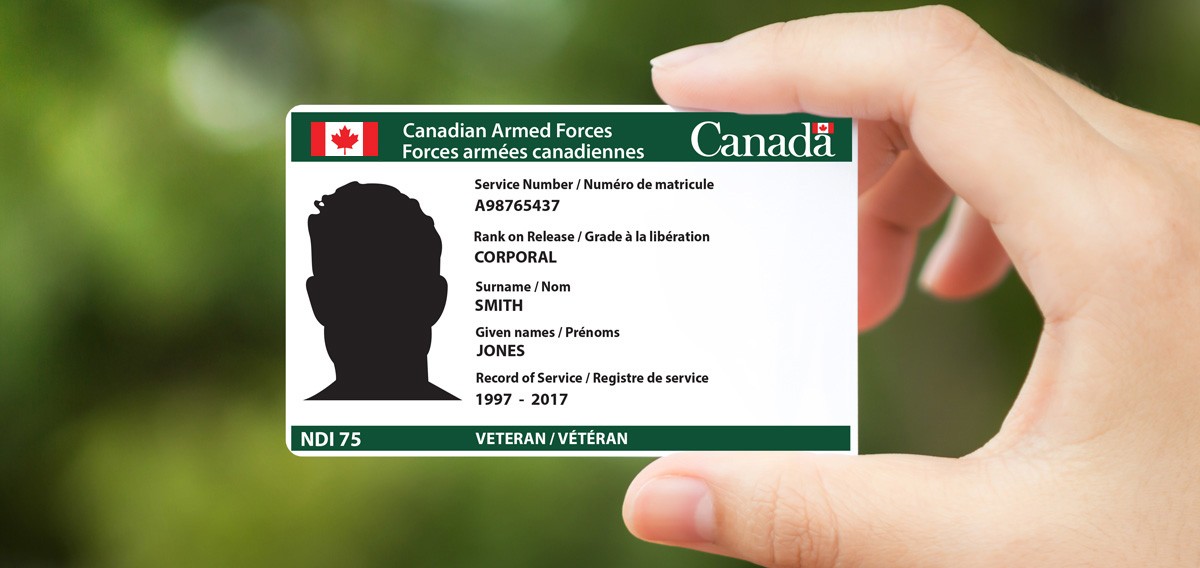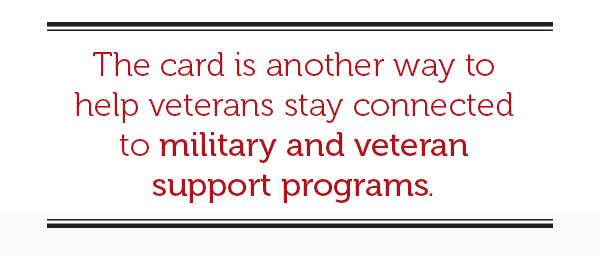
[DND]
Last September, the federal government announced it is reinstating service cards for Canada’s veterans, following considerable demand from military members, veterans and veteran-support organizations. This is a very good and overdue move, but it could go further.
The Veteran’s Service Card (VSC) is being issued to eligible Canadian Armed Forces members when they leave the service, as long as they have completed basic training and been honourably released. It is a joint initiative by the CAF and Veterans Affairs Canada.
The card is another way to help veterans stay connected to military and veteran support programs and keep connected to the CAF. It includes the cardholder’s photograph, service number, rank on release, name and years of service (but not date of birth). Importantly, it says “Veteran/Vétéran.”
“This new card honours your service,” said Minister of National Defence Harjit Sajjan at the announcement in September. “Wherever you travel, you will be recognized as a veteran.”
The card is being rolled out in stages. The first stage, which began in September 2018, includes all newly releasing CAF members. The second stage, which began in December 2018, includes CAF members and veterans who released between 2016 and 2018. The third stage, beginning in the summer of 2019, includes CAF members and veterans who released before 2016. Some 450,000 veterans who released honourably before 2018 are eligible to receive the new VSC.

The new card picks up where a similar card left off when it was discontinued by the CAF in 2015-16. That was the Record of Service Card, which was issued on release to regular force and reserve force members with at least 10 years of service. It also included the service number, last used ID photograph, rank on release and years of service. It did not contain a date of birth or other identification information. And it did not indicate that the bearer is a veteran.
If you already have a previously issued card, there is no need to apply for the new VSC. Both allow veterans to access the same VAC support programs. And both are designated NDI 75 (for National Defence Identification).
Two shortcomings remain, however: unlike a passport, driver’s licence, health card or other documents, the VSC is not an officially recognized piece of identification in Canada. And it doesn’t embrace the families of veterans, which lately have been receiving increased recognition and support through CAF and VAC programs. Some type of a veteran’s family ID card would help us recognize the sacrifices military families make for CAF members and the support they provide as CAF members transition to post-military life.
Advertisement





























